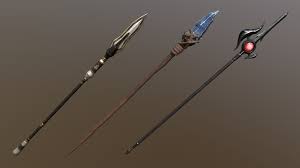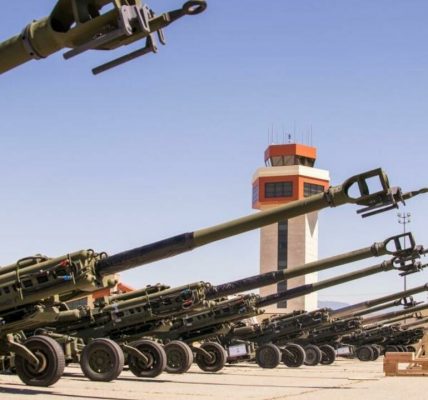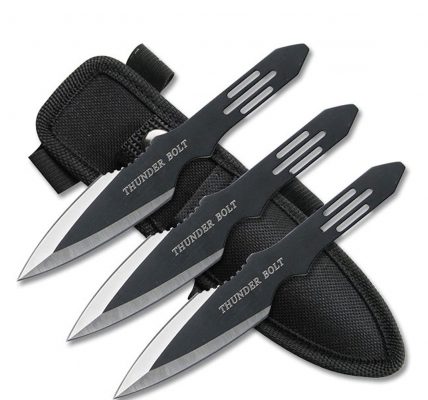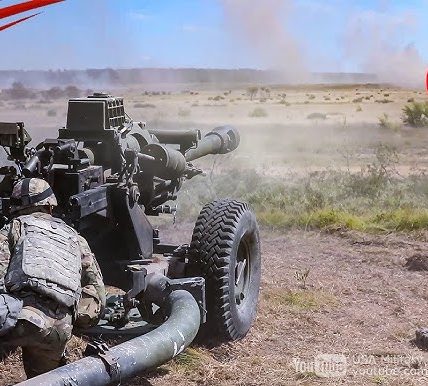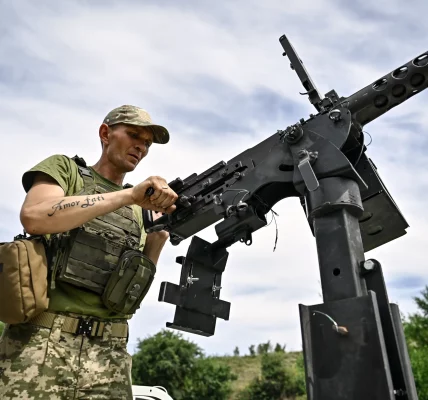Spears, as one of the oldest and most versatile weapons, have played a significant role in human history. From the Stone Age to modern-day military applications, spears have evolved and adapted to meet the changing needs of warfare and hunting.
Prehistoric Origins
The earliest spears were likely crafted from wood or bone, with sharpened points. These primitive weapons were used for hunting and gathering, as well as for self-defense. As humans developed more advanced technologies, spears were made from materials such as bronze and iron, becoming more durable and effective.
Types of Spears
There are numerous types of spears, each with its own unique characteristics:
- Javelin: A lightweight spear designed for throwing.
- Pike: A long, heavy spear used by infantry.
- Lance: A long, heavy spear used by cavalry.
- Halberd: A poleaxe-like weapon with a combination spear point and axe head.
- Gladius: A short, double-edged sword used by Roman legionaries.
Military Use
Spears have been used in warfare for thousands of years. They were particularly effective in close combat, allowing soldiers to keep their enemies at a distance and deliver powerful thrusts. Spears were also used for hunting and fishing.
Cultural Significance
Spears have cultural significance in many societies around the world. They have been used as symbols of power, status, and religious beliefs. In some cultures, spears are associated with specific deities or mythological figures.
Modern-Day Applications
While spears are no longer used as primary weapons in modern warfare, they are still used in traditional ceremonies and martial arts. They are also popular collector’s items and are often featured in historical reenactments and films.
The Future of Spears
As technology continues to advance, it is possible that spears may be used in new and innovative ways. For example, spears could be equipped with sensors or other technological enhancements to improve their effectiveness in combat.
Would you like to know more about a specific type of spear, its historical use, or its cultural significance?
